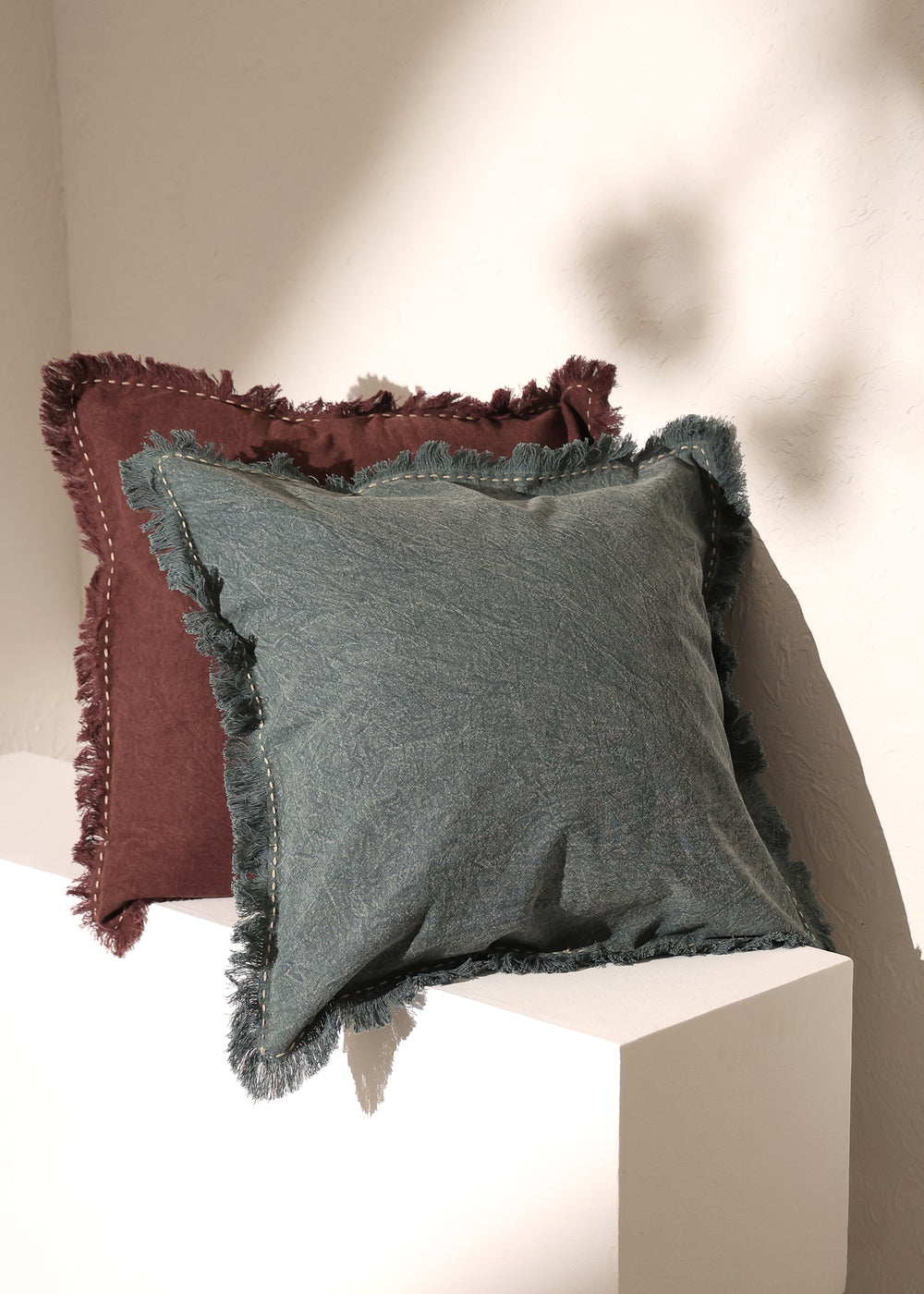Top Home Decor Trends for 2025: What U.S. Retailers Should Know
In 2025, the U.S. home decor market is entering a bold new chapter, shaped by evolving consumer lifestyles, advanced technology, and a deepening commitment to sustainability. American shoppers are looking beyond aesthetics they want homes that reflect their values, provide comfort, and offer personalized experiences. For retailers, staying ahead means not just following trends but anticipating what your customers will want next. Here’s a look at the biggest home decor trends for 2025 — and what U.S. retailers need to know to capture attention (and wallets) this year.
- Sustainability Takes Center Stage
Across the United States, eco-consciousness is no longer a bonus — it’s an expectation. American consumers, particularly Millennials and Gen Z, want ethically sourced products, recycled materials, and decor that supports a sustainable lifestyle. Transparency and authenticity matter more than ever.
What U.S. Retailers Should Do:
Make sustainability a cornerstone of your brand story. Feature recycled furniture, organic textiles, and low-impact manufacturing processes prominently in-store and online. Certifications like FSC, Fair Trade, and GOTS are key selling points.
- Biophilic Design Grows Roots
Americans are craving a deeper connection to nature, and it shows in their interiors. Biophilic design integrating natural elements such as plants, wood, stone, and natural light is flourishing. Indoor gardens, live-edge tables, and organic forms are on the rise.
What U.S. Retailers Should Do:
Stock items like planters, botanical prints, woodgrain furnishings, and other nature-inspired products. Create in-store setups that feature greenery and natural light to inspire customers.
- Warm, Earthy Tones Dominate
Goodbye, cool grays. In 2025, U.S. homes are warming up with rich, earthy palettes: terracotta, sand, sage, mustard, and deep ochres. These colors bring comfort, grounding, and a sense of well-being to interior spaces.
What U.S. Retailers Should Do:
Refresh your inventory with soft furnishings and accent pieces in these warm hues. Consider seasonal promotions tied to “earth-tone living” or “cozy home makeovers.”
- Smart, Tech-Savvy Furniture
The American consumer loves tech — and now, they expect it in their furniture. Smart desks, voice-activated lighting, multifunctional tables, and even modular sofas with charging ports are hot commodities in 2025.
What U.S. Retailers Should Do:
Emphasize the convenience, innovation, and lifestyle benefits of smart home decor. Demos and interactive displays in-store can help boost engagement and conversions.
- Handcrafted, Artisan Goods
Handmade is in high demand. U.S. consumers are turning toward artisan-crafted goods that tell a story and celebrate craftsmanship. Handwoven textiles, hand-thrown pottery, and custom woodworking pieces are viewed as investments in authenticity.
What U.S. Retailers Should Do:
Promote the maker behind the product. Storytelling — whether through signage, product tags, or digital content — will resonate deeply with buyers looking for meaning and uniqueness.

- Curated Maximalism
Minimalism isn’t out, but it’s getting a bold upgrade. U.S. homes are embracing layered, colorful, eclectic looks — all carefully curated. Consumers are mixing vintage finds with modern pieces, bold wallpapers with soft textiles, and handcrafted art with statement lighting.
What U.S. Retailers Should Do:
Offer products that allow for personalization. Inspire shoppers with room vignettes that show how mixing styles can create a cohesive, beautiful home.
- 70s and 90s Nostalgia
Nostalgia remains a powerful design force in the American market. The 70s are back with rattan, velvet, and funky prints, while the 90s deliver sleek minimalism and edgy contrasts.
What U.S. Retailers Should Do:
Curate retro-inspired collections with a modern twist. Use marketing language that taps into memory and emotion, highlighting the comfort of familiar styles reimagined for today.
- Home Office, Reinvented
Remote and hybrid work remain strong in the U.S. market, meaning home offices are evolving too. Consumers want ergonomic yet stylish workspaces — furniture that blends seamlessly with home aesthetics, not corporate cubicle vibes.
What U.S. Retailers Should Do:
Expand your home office offerings beyond just desks and chairs. Introduce full collections including storage, lighting, and ergonomic accessories that prioritize both function and style.
- Wellness Spaces Are Non-Negotiable
Self-care is a lifestyle now, not a luxury. American consumers are carving out wellness corners in their homes — from yoga nooks to meditation areas to spa-inspired bathrooms.
What U.S. Retailers Should Do:
Market products that promote relaxation and well-being: meditation pillows, cozy throws, essential oil diffusers, sound machines, and calming wall art. Create curated “wellness kits” for easier shopping.
- Tactile Textures and Bold Materials
In 2025, texture speaks louder than color in U.S. home decor. Shoppers want rich, tactile experiences — think boucle chairs, velvet sofas, heavy linen curtains, and handcrafted ceramic accents.
What U.S. Retailers Should Do:
Design stores to be sensory experiences where customers can touch and feel the products. Highlight the unique textures and craftsmanship in your marketing.
Final Thoughts
In 2025, American homes are becoming more personal, more expressive, and more connected to nature and well-being. Today’s consumers want designs that not only look good but also feel good, align with their values, and support their lifestyle goals.
U.S. retailers who stay agile, embrace sustainable and artisanal trends, and help consumers create deeply personal spaces will come out ahead. Success this year hinges on your ability to not just sell products but to sell experiences, emotions, and values.



 info@expobazaar.com
info@expobazaar.com
 FAQ
FAQ